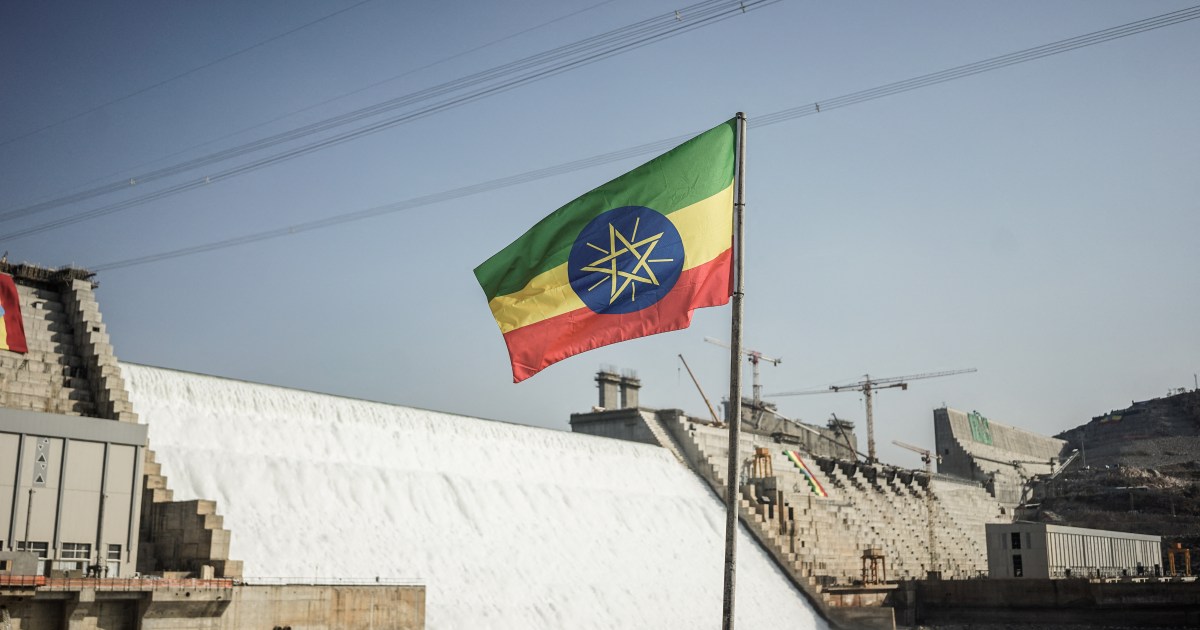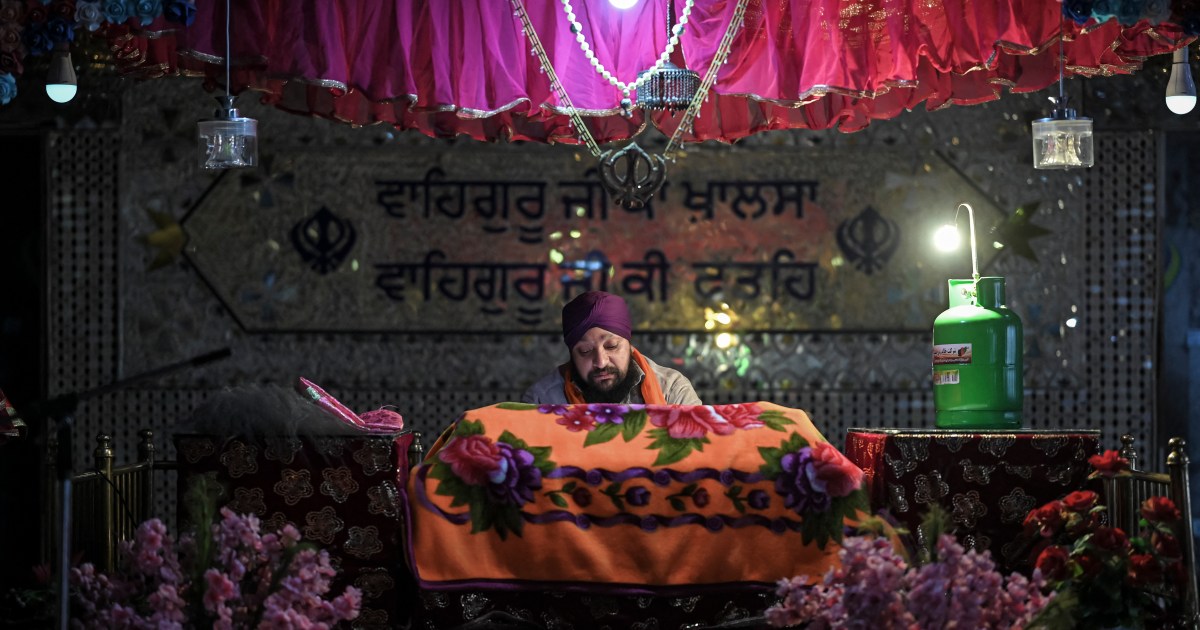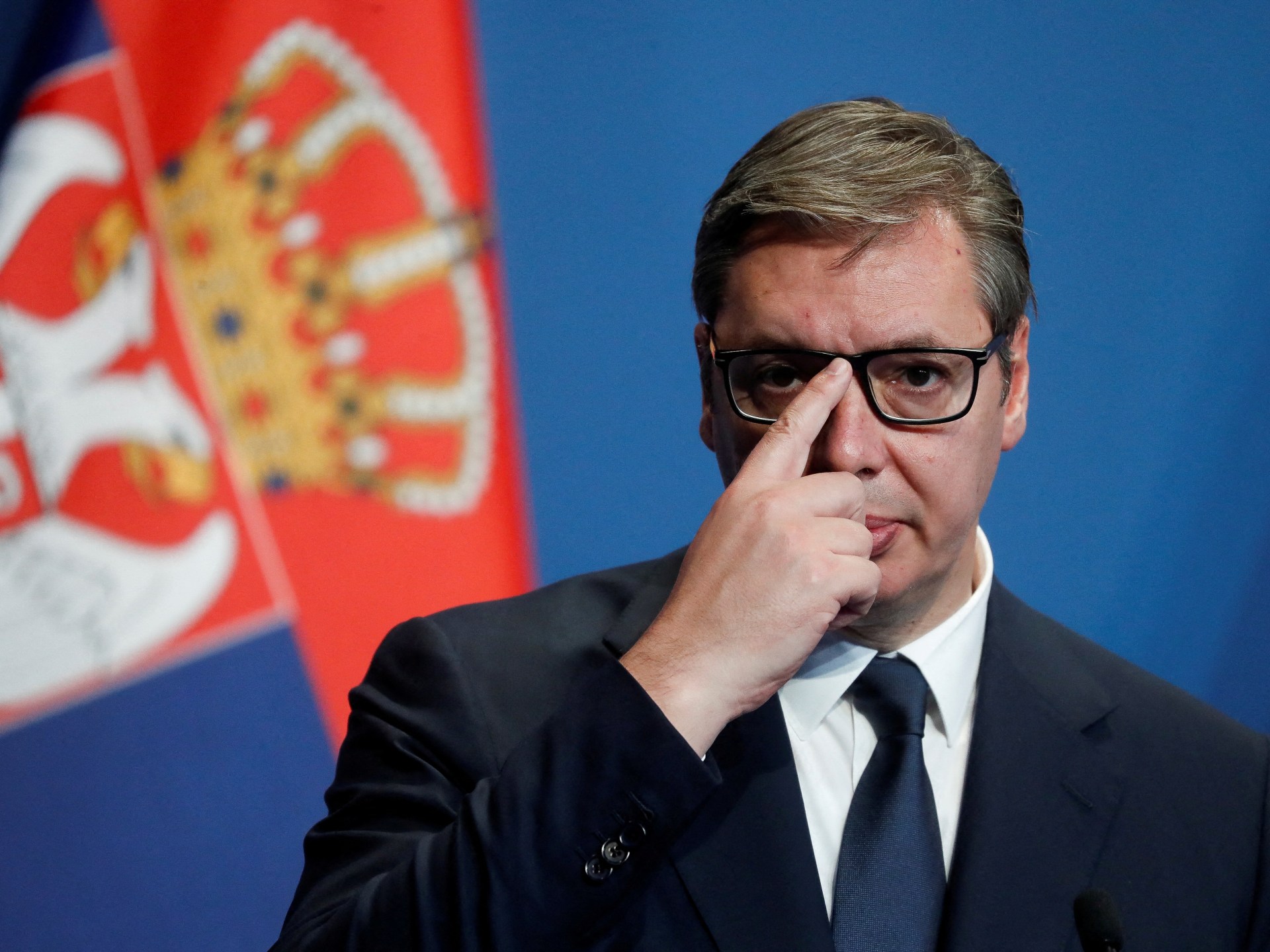Ethiopia starts electricity production at Blue Nile mega-dam | Energy News
Sudan and Egypt see the Grand Ethiopian Renaissance Dam as a threat, but Ethiopia sees it as essential for its development.
Ethiopian Prime Minister Abiy Ahmed has officially inaugurated electricity production from the country’s mega-dam on the Blue Nile, a milestone in the controversial multibillion-dollar project.
Abiy, accompanied by high-ranking officials, toured the power generation station on Sunday and pressed a series of buttons on an electronic screen, a move that officials said initiated production.
“This great dam was built by Ethiopians but not only for Ethiopians, rather for all our African brothers and sisters to benefit from,” an official presiding at the launch ceremony said.
“The day every Ethiopian has sacrificed for, hoped and prayed for, is finally here.”
The Grand Ethiopian Renaissance Dam (GERD) is set to be the largest hydroelectric scheme in Africa but has been at the centre of a regional dispute ever since Ethiopia broke ground there in 2011.
Ethiopia’s downstream neighbours Egypt and Sudan view the dam as a threat because of their dependence on Nile waters, while Addis Ababa deems it essential for its electrification and development.
The $4.2bn project is ultimately expected to produce more than 5,000 megawatts of electricity, more than doubling Ethiopia’s electricity output.
State media reported that the 145-metre (475-foot) high dam – which lies on Blue Nile River in the Benishangul-Gumuz region of western Ethiopia, not far from the border with Sudan – had started generating 375 megawatts of electricity from one of its turbines on Sunday.
Egypt, which depends on the Nile for about 97 percent of its irrigation and drinking water, sees the dam as an existential threat.
Sudan hopes the project will regulate annual flooding but fears its own dams could be harmed without agreement on the GERD’s operation.
Both countries have been pushing Ethiopia for a binding deal over the filling and operation of the massive dam, but talks under the auspices of the African Union (AU) have failed to reach a breakthrough.
The dam was initiated under former Prime Minister Meles Zenawi, the leader who ruled Ethiopia for more than two decades until his death in 2012.
Civil servants contributed one month’s salary towards the project in the year of the project launch, and the government has since issued dam bonds targeting Ethiopians at home and abroad.
Samuel Getachew, an independent journalist reporting from Addis Ababa, told Al Jazeera it is the biggest public project Ethiopians have participated in.
“This is [seen as] a welcome addition to what Ethiopians have aspired to be – a self-sufficient nation,” he said.
Officials on Sunday credited Abiy with reviving the dam after what they claim was mismanagement delayed its progress.
“Our country has lost so much because the dam was delayed, especially financially,” project manager Kifle Horo said in his remarks.
Those in attendance at Sunday’s ceremony included First Lady Zinash Tayachew, the heads of the lower house of parliament and the Supreme Court, regional presidents and government ministers.
The process of filling the GERD’s vast reservoir began in 2020, with Ethiopia announcing in July of that year it had hit its target of 4.9 billion cubic metres.
The reservoir’s total capacity is 74 billion cubic metres, and the target for 2021 was to add 13.5 billion.
Last July, Ethiopia said it had hit that target, meaning there was enough water to begin producing energy, although some experts had cast doubt on the claims.




